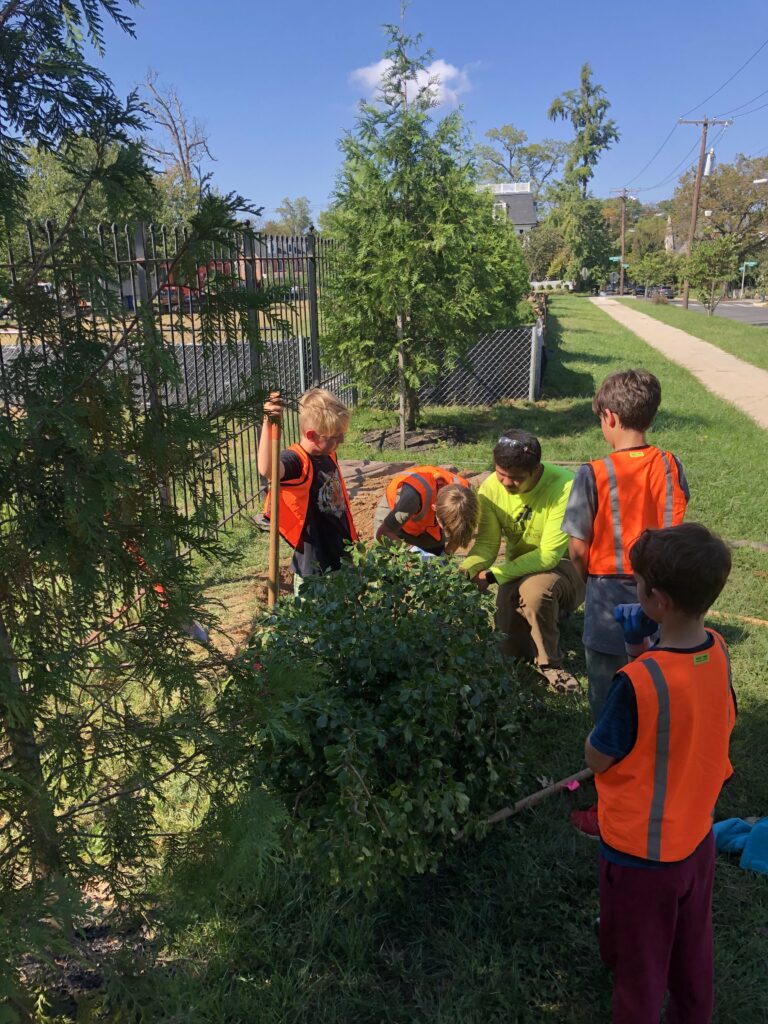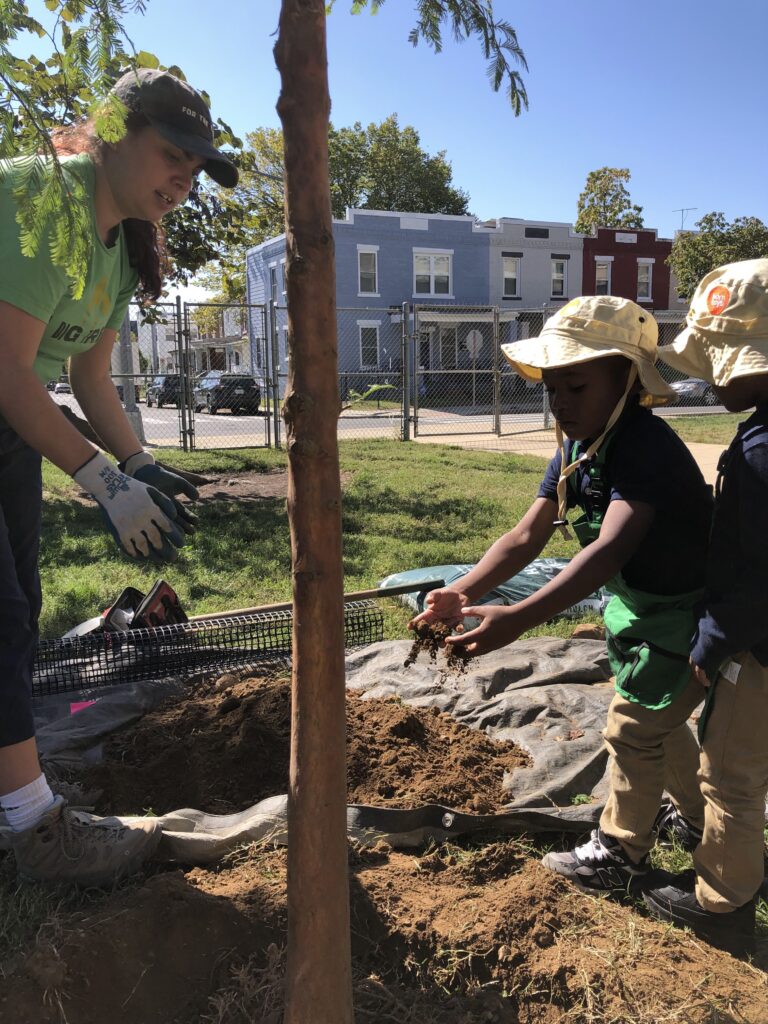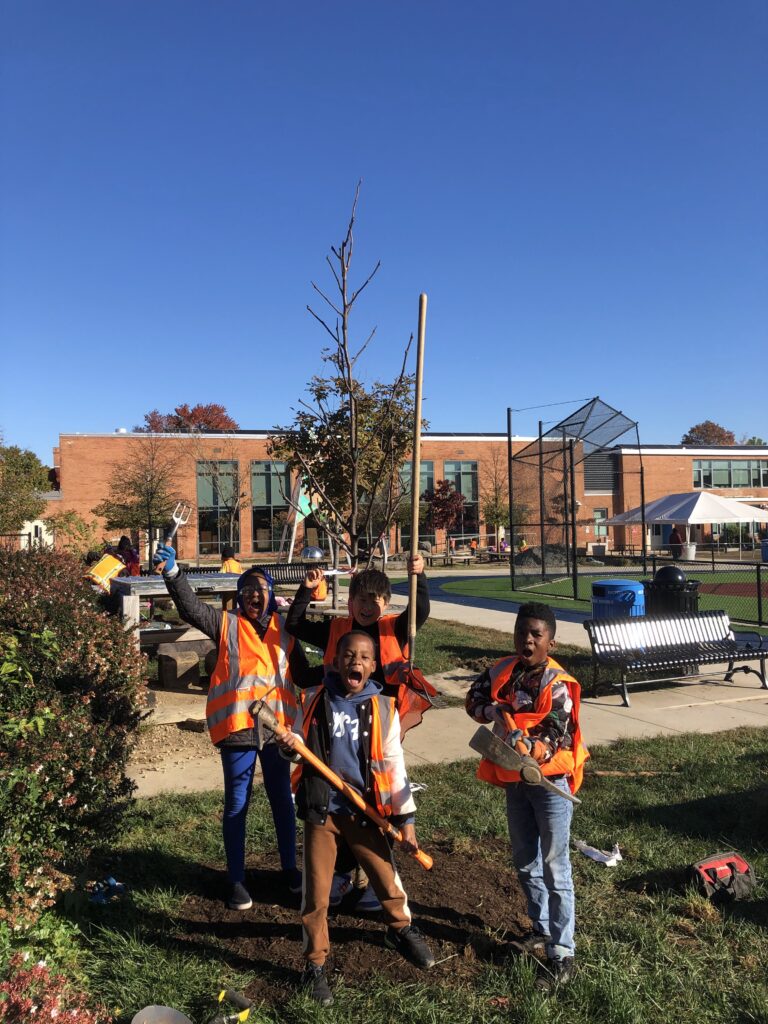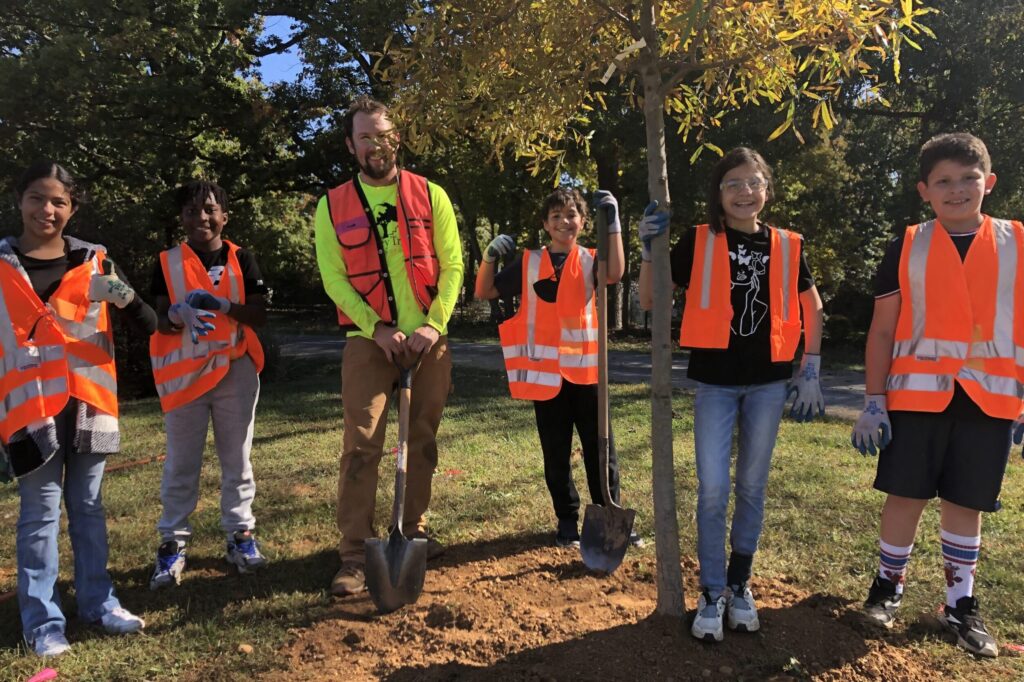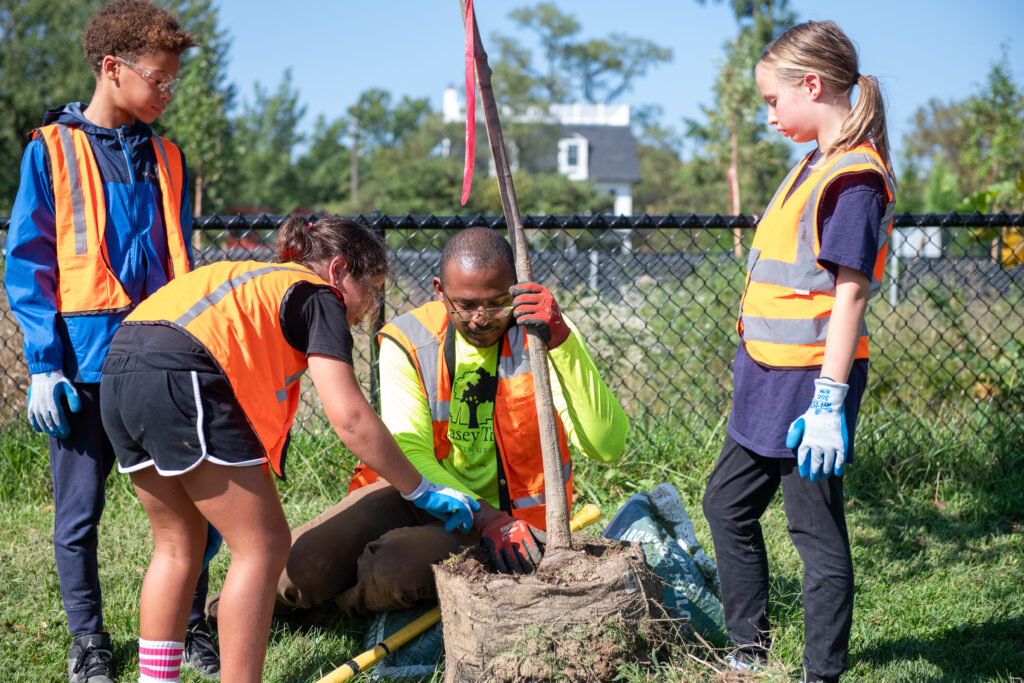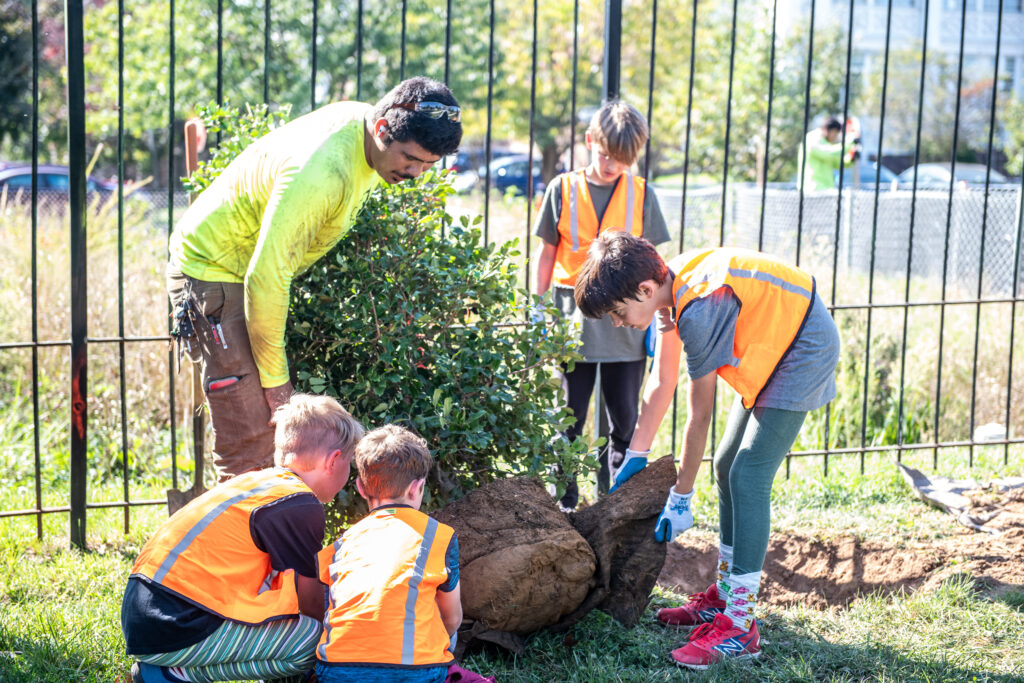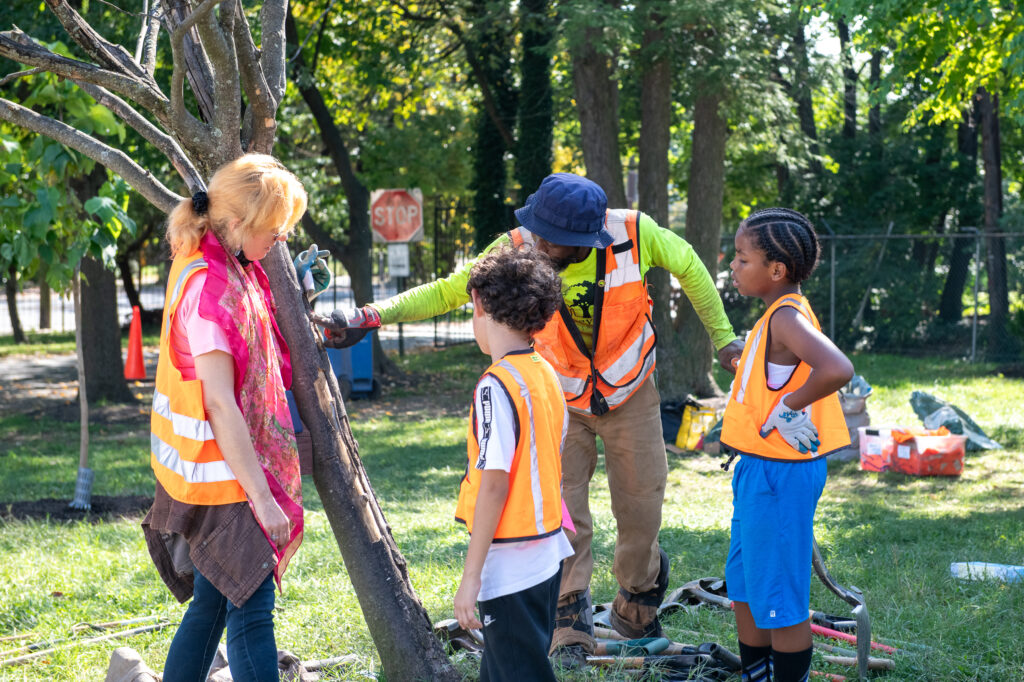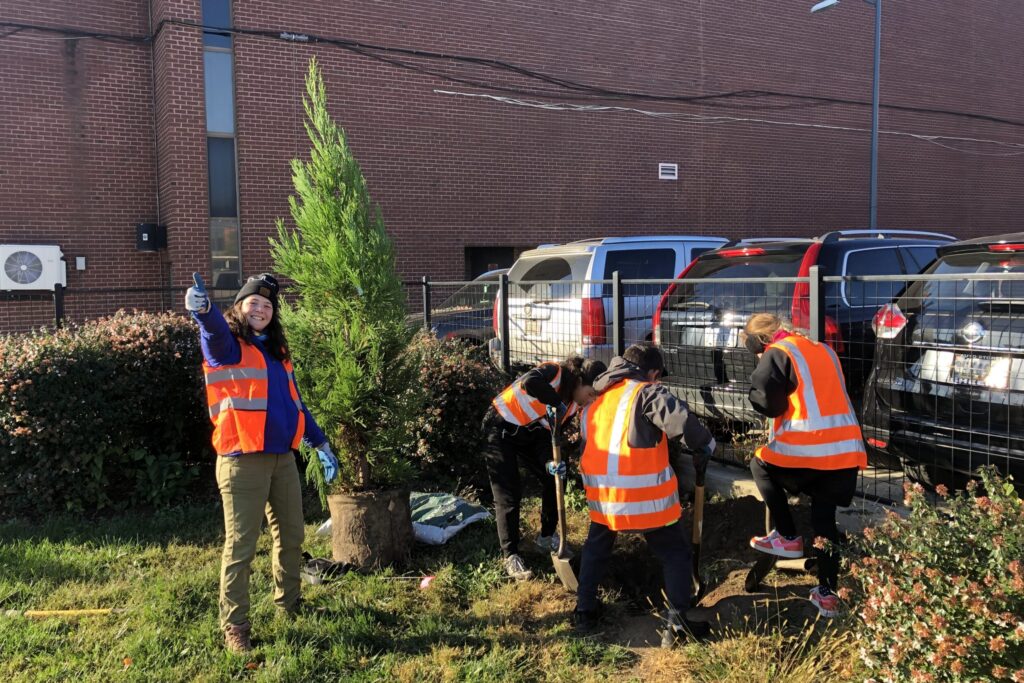THE LEAFLET
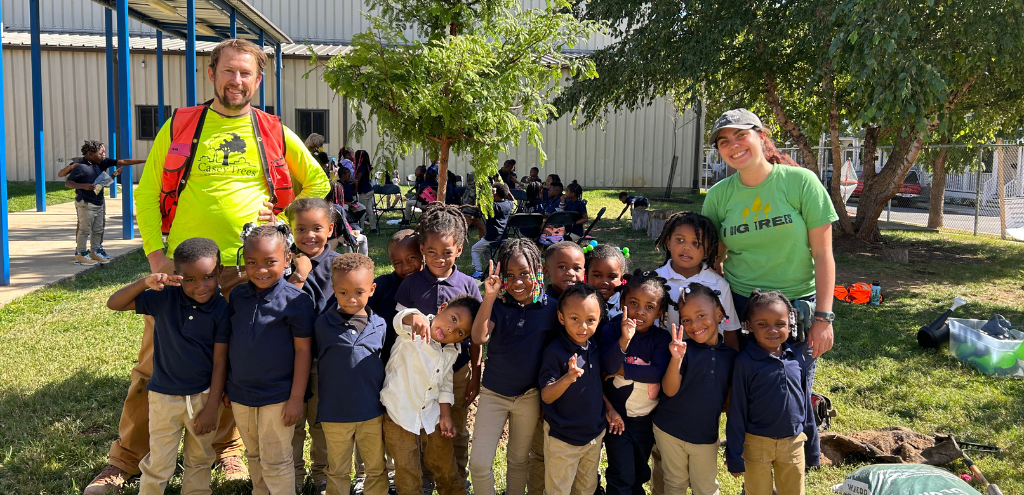
Another Season of School Tree Plantings for the Books!
Planting trees is ecological work. It improves relationships in our urban ecosystems, helping with soil, hydrology, wildlife habitat, and clean air. How the tree is planted matters a lot. Casey Trees prides itself in the quality of our plantings. Who we plant with also matters a great deal. Planting trees is an opportunity to expand ecological relationships in our communities and improve children’s attitudes toward nature in their neighborhoods. That’s why our education team works with schools all over the city to teach lessons about our urban forest, watershed, climate, and how it all connects.
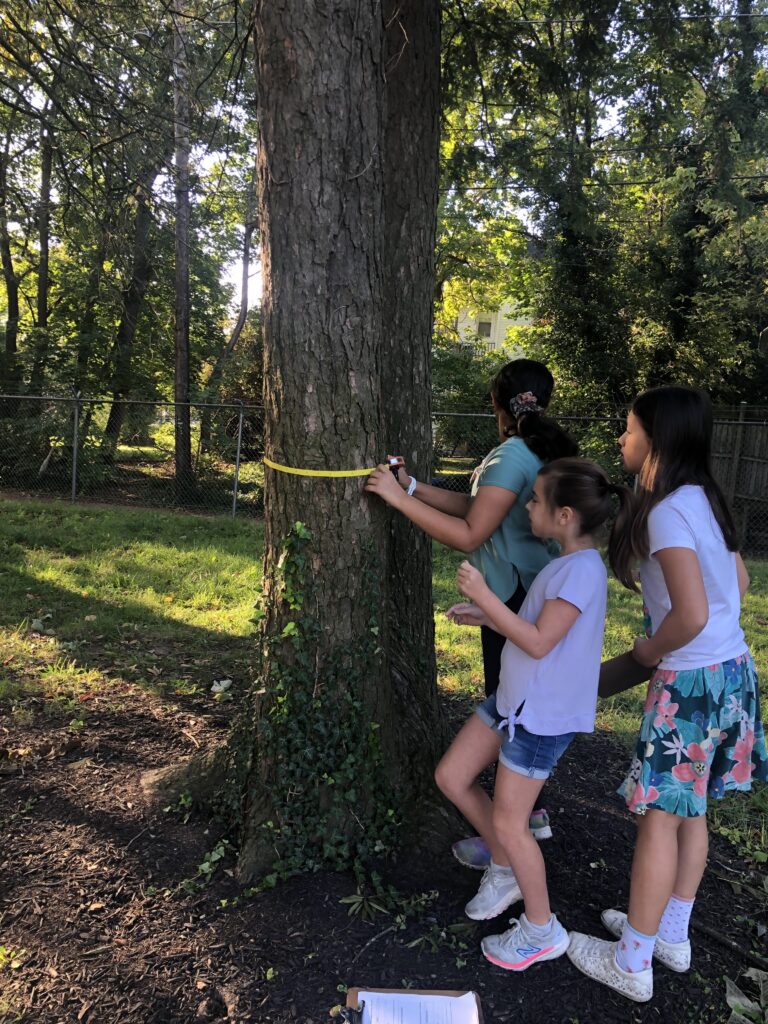 This fall season, Casey Trees planted 130 trees at 6 schools in DC and 51 trees at two Fairfax County schools. We engaged over 400 students in these plantings. In each partnership, Youth Programs Forester, Sam Nelson, visited participating classes to teach students standards-based lessons about tree science, identification, leaf venation, tree rings, or tree mapping, depending on the grade level and interest of teachers. Students at Latin
This fall season, Casey Trees planted 130 trees at 6 schools in DC and 51 trees at two Fairfax County schools. We engaged over 400 students in these plantings. In each partnership, Youth Programs Forester, Sam Nelson, visited participating classes to teach students standards-based lessons about tree science, identification, leaf venation, tree rings, or tree mapping, depending on the grade level and interest of teachers. Students at Latin 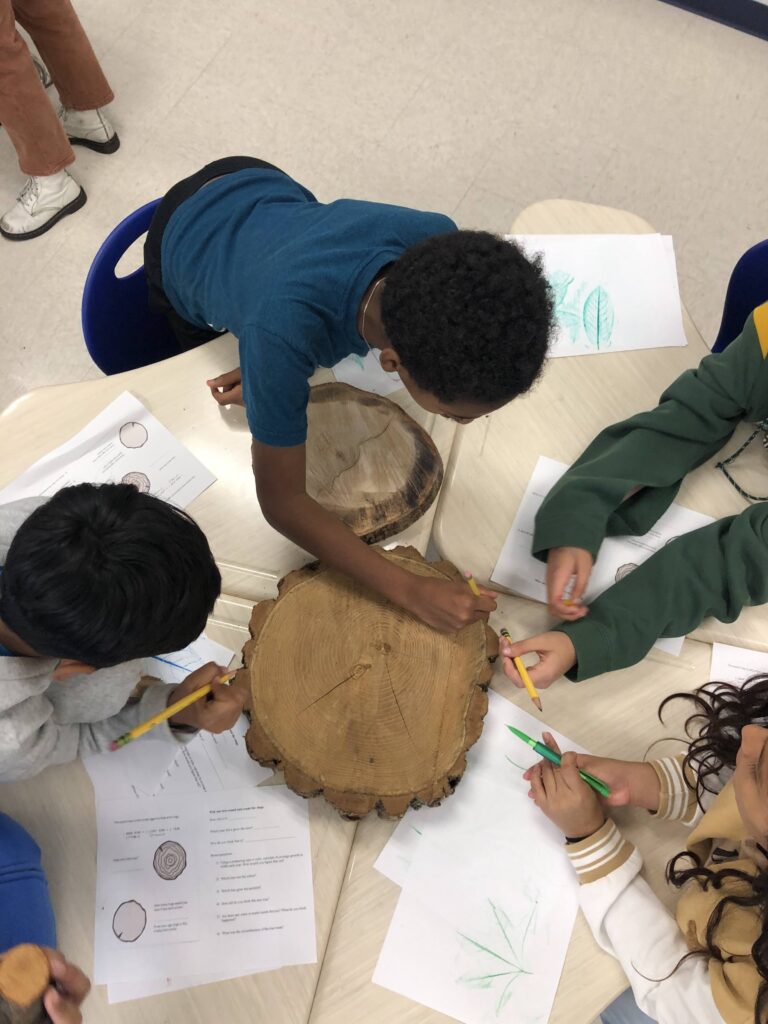 American Montessori Bilingual school learned how to measure tree diameters and record data while 5th and 6th graders at Bucknell Elementary in Fairfax learned how to read tree rings. At Savoy Elementary in Anacostia, 3rd graders created leaf art from crayon rubbings and then identified vein patterns and species using our tree guides. High schoolers at The SEED school of Washington, DC used satellite imagery to identify potential locations for tree placements on campus.
American Montessori Bilingual school learned how to measure tree diameters and record data while 5th and 6th graders at Bucknell Elementary in Fairfax learned how to read tree rings. At Savoy Elementary in Anacostia, 3rd graders created leaf art from crayon rubbings and then identified vein patterns and species using our tree guides. High schoolers at The SEED school of Washington, DC used satellite imagery to identify potential locations for tree placements on campus.
These lessons were followed by the school tree plantings. A tree planting is science in action. It’s one thing to read about soil composition and root structures in a textbook. It’s another thing to feel them with your own hands as trees undergo this brief transition where half of their structure is exposed. While digging, students are often delighted by rocks, worms, insects, and more. Rather than call them distractions, we welcome these as natural teaching moments to actively witness the world under the surface.
In this spirit, one major change we made to student tree plantings was to lengthen the time we plant with each student group from previous seasons. This means we work with a few less students but can facilitate a more quality educational experience instead of rushing to finish. The results were positive. This season, students often volunteered precious recess time to continue planting more trees. At each event, students told our staff that “this was the most fun day ever,” and that they wanted to do this for their careers. Many asked for a job right away. We told them to finish school first and then we’d talk.
These plantings are high-impact on many levels. Schools often have hotter surface temperatures due to lack of holistic design. The trees we plant can help shade playgrounds, asphalt play areas, parking lots, south-facing classrooms, and fields (from the perimeter). They also can facilitate outdoor classrooms or nature-based playscapes for children, which studies show provide important socio-emotional and academic benefits. Perhaps the highest impact though is planting the seeds in children’s minds that they can positively impact our shared environments on Earth. This is contrary to the anxious narrative that humans are bad for nature. By cultivating this seed through continued educational experiences, we’re encouraging our younger generations to value the urban forest as one of our most critical resources in adapting to climate change. In another twenty years, these trees will be giving significant shade and benefits to schools. And the students, too, who planted them will be giving even more to our city, communities, and ecologies. Please scroll down and enjoy some highlights from the season!
